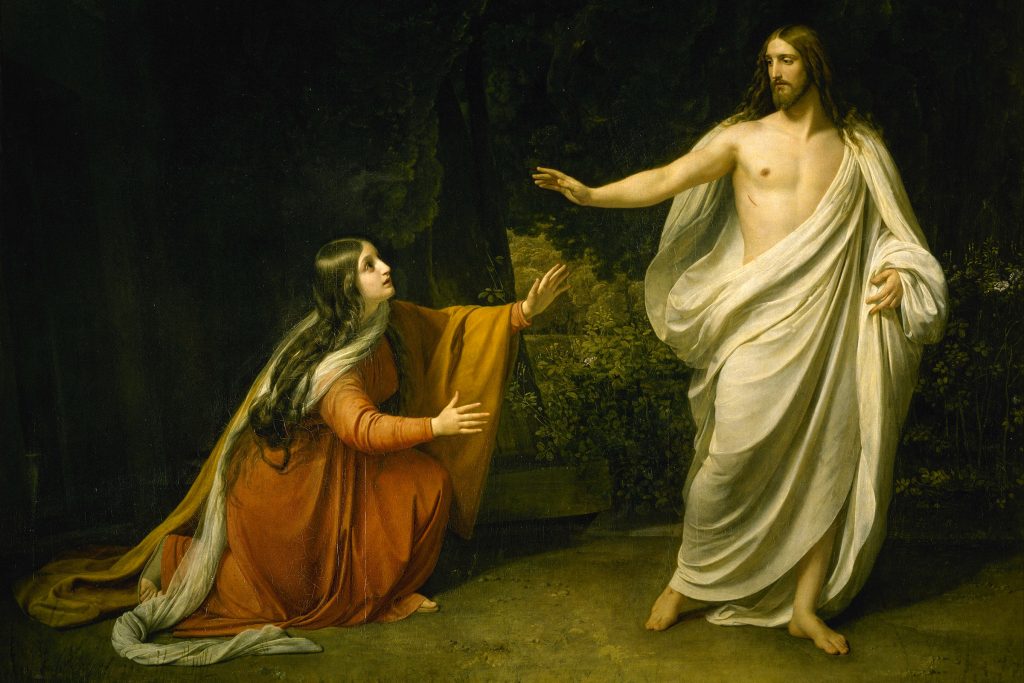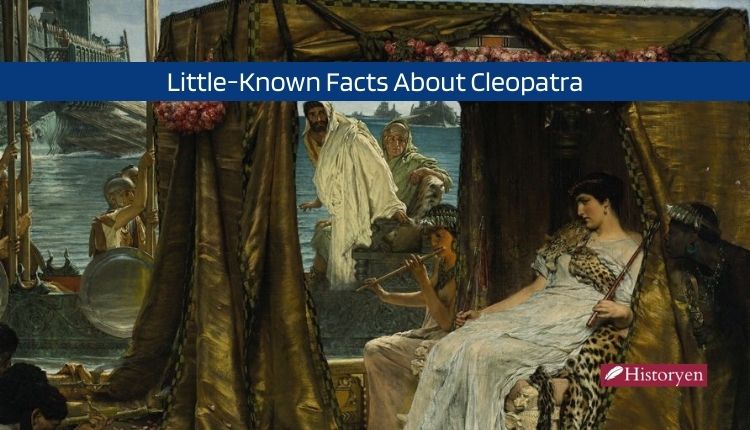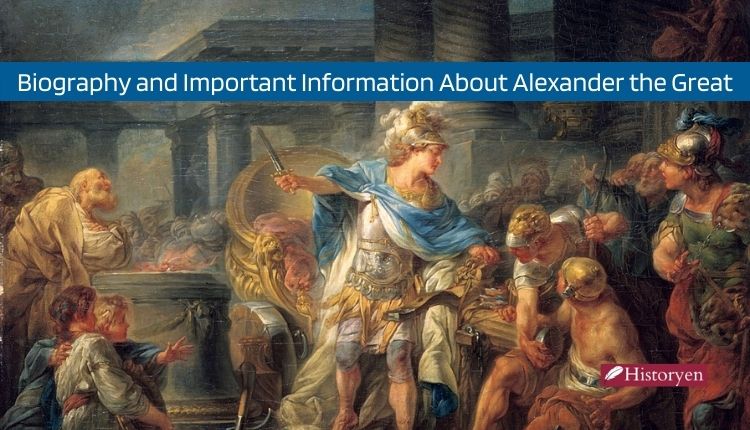The Enigmatic Journey of Mary Magdalene
In 591 C.E., the course of history shifted when Pope Gregory I, in a sermon, labeled Mary Magdalene a “sinful woman.” This designation has endured, shaping her portrayal in art and literature as a sex worker, a symbol of redemption, and perhaps even Jesus Christ’s spouse. The quest to unveil the truth behind this mysterious disciple takes us through the pages of the New Testament, the Gospel of Mary, and the corridors of time.
Mary Magdalene in the Biblical Tapestry
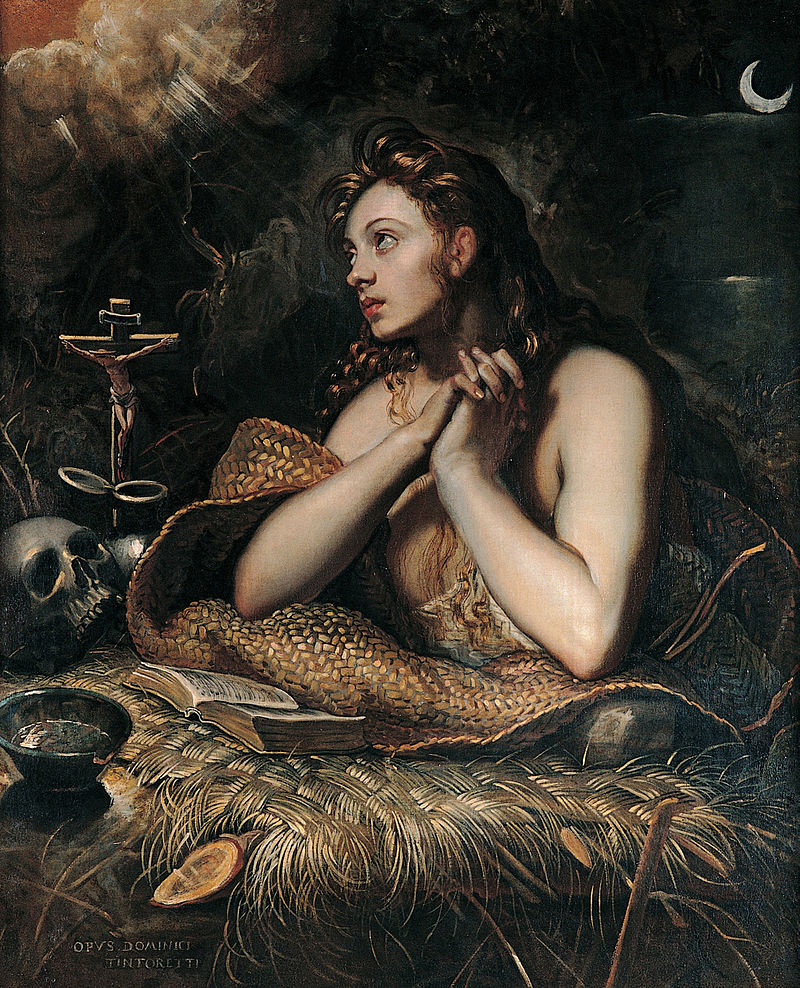
Mary Magdalene emerges in the New Testament as a steadfast witness to pivotal moments in Jesus Christ’s life — from the crucifixion and burial to the resurrection. However, details about her life are scarce, with the Gospels of Matthew, Mark, Luke, and John being our primary sources. Luke, for instance, places her among the women who accompanied Jesus and the twelve male apostles.
Decoding Mary Magdalene’s Role
The Gospel accounts present Mary Magdalene as more than a mere follower. She stood by Jesus during his final hours, notably at the crucifixion when male disciples fled. The Gospel of John highlights her as the first to discover the empty tomb, becoming the primary witness to Jesus’ resurrection. This portrayal contradicts the later depiction of her as a “sinful woman.”
Unjust Stigmatization
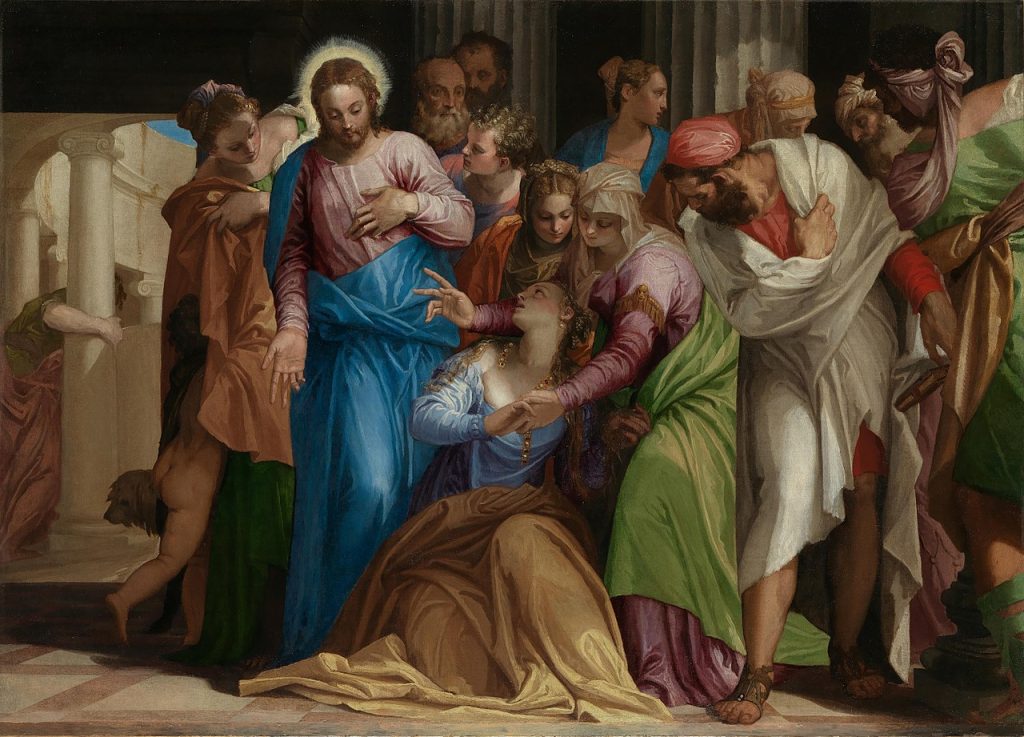
Contrary to explicit biblical connections, Pope Gregory I, in 591 C.E., associated Mary Magdalene with a woman of “bad name” in the Gospel. This woman, described as anointing Jesus and washing his feet, became the basis for labeling Mary Magdalene a “sinful woman.” This portrayal, though unfounded, endured for centuries, possibly fueled by an agenda to diminish her significance.
Evolving Gender Dynamics and Mary Magdalene
The evolution of gender dynamics likely played a role in distorting Mary Magdalene’s image. During Jesus’ lifetime and the Gospel writings, women seemingly held equal status with men in his circle. However, by the time the New Testament was canonized in the fourth century, this equality had eroded. The Vatican’s reliance on Jesus’ all-male apostles as grounds for excluding women from ordination further perpetuated the diminished role of women, including Mary Magdalene.
Unearthing Lost Gospels: The Mary Magdalene Controversy
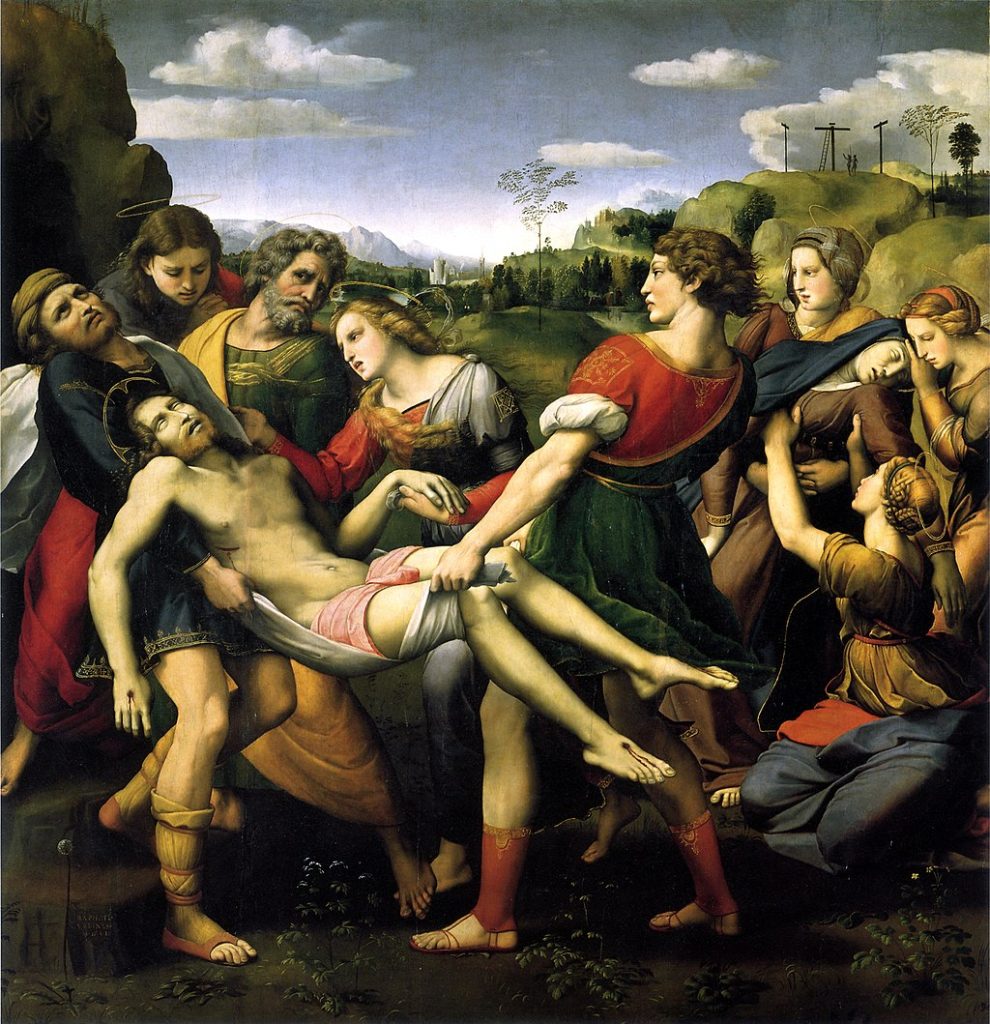
The discovery of the Gnostic Gospels in 1945 added layers to the Mary Magdalene mystery. The Gospel of Philip hints at an intimate bond between Jesus and Mary, with controversial references to kisses and hidden words. The Gospel of Mary, discovered in 1896, portrays her as a recipient of unique teachings, suggesting a more profound connection with Jesus. While these texts are not officially recognized by the Catholic Church, they fuel speculations about Mary Magdalene’s potential role as Jesus’ wife or the mother of his child.
Mary Magdalene Today: Follower, Companion, Saint
Despite the lingering uncertainties, Mary Magdalene’s importance is undeniable. In 1969, the Catholic Church acknowledged the misinterpretation by Pope Gregory I, retracting the portrayal of her as a sex worker. Today, she is recognized as a holy saint, a testament to her significant role in Jesus Christ’s life.
FAQs About Mary Magdalene
- Was Mary Magdalene a prostitute?
- No, the labeling as a sex worker was a misinterpretation by Pope Gregory I, corrected by the Catholic Church in 1969.
- What role did Mary Magdalene play in Jesus’ life?
- Mary Magdalene’s exact role is unclear, but she was a devoted follower, witness to crucial events, and possibly held a significant connection with Jesus.
- Are the Gnostic Gospels recognized by the Catholic Church?
- No, these Gospels, including the Gospel of Mary, are not officially recognized by the Catholic Church.
- Was Mary Magdalene Jesus Christ’s wife?
- There is no evidence in the Bible supporting Mary Magdalene as Jesus Christ’s wife.
- Why was Mary Magdalene’s importance diminished over time?
- Evolving gender dynamics and an agenda by church leaders likely played a role in diminishing Mary Magdalene’s importance.
